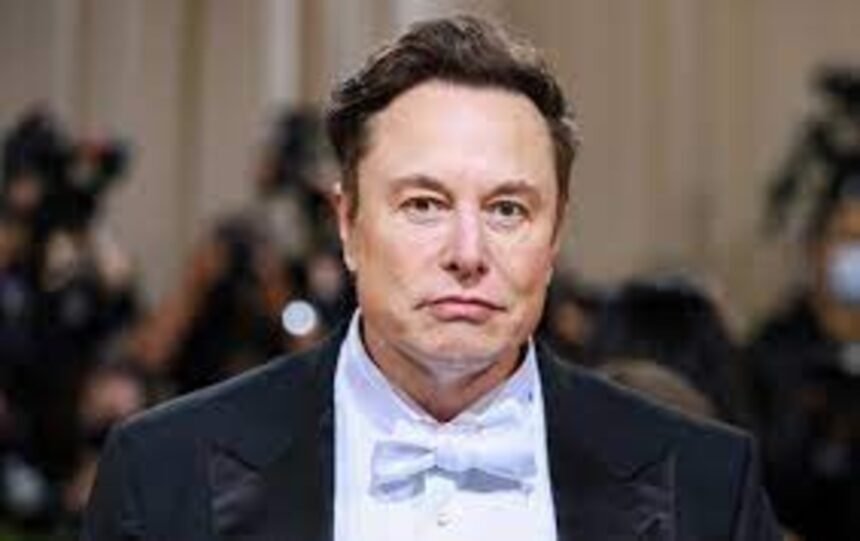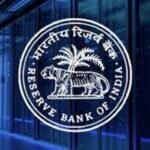August 19, 2023
Introduction
In a surprising move, Elon Musk, the enigmatic billionaire owner of X (formerly known as Twitter), has declared that the platform will be doing away with its blocking feature, a decision that has ignited a firestorm of debate within the social media community. Musk, who acquired the platform in a landmark $44 billion deal last year, defended his decision by stating that the feature “makes no sense.” The announcement has drawn a mix of support, scepticism, and concern from users worldwide.

The blocking feature, a staple of online platforms for years, allowed users to prevent specific accounts from engaging with them in various ways. Currently, when a user blocks another account, the blocked account’s posts are removed from the blocker’s timeline, and the blocked account is prohibited from sending messages to the blocker or viewing their posts. However, with the impending removal of this feature, users will retain the ability to block others from directly messaging them, offering a partial reprieve from potential harassment or abuse.
Musk’s bold move comes amidst a series of transformative changes he has implemented on the platform since assuming ownership. One notable change was the ousting of the company’s top executives and the introduction of a fee for the coveted “blue tick” verification, a symbol of authenticity and prominence on the site.
Jack Dorsey Supports the change
Jack Dorsey, the former founder of Twitter, surprisingly supported Musk’s decision, echoing the sentiment that “100%. Mute only.” While muting an account silences notifications about their posts, it doesn’t prevent the muted account from viewing and responding to the muter’s content. This has led to concerns that muting might not provide sufficient protection against harassment, bullying, or stalking, which the blocking feature more effectively addressed.
Critics of the decision argue that removing the blocking feature could pose risks for users who encounter toxic individuals on the platform. They emphasize that this tool has been essential in safeguarding users from unwarranted interactions and protecting their mental well-being. Concerns have also arisen over the potential violation of terms and conditions set by major app stores, such as Apple’s App Store and Google Play, which require social media platforms to integrate measures against harassment and bullying. The absence of an effective blocking mechanism might lead to X’s removal from these app marketplaces.
In response to the backlash, Musk’s team at X has assured users that the removal of the blocking feature will be accompanied by enhanced efforts to curb abusive behaviour and promote a safer online environment. The specifics of these measures, however, remain to be seen.
Conclusion
As the debate rages on, it remains to be seen whether this strategic move by Musk will be a game-changer that sets new standards for social media platforms, or if it will face continued resistance from users who value the control and protection provided by the blocking feature. In an era where online safety and civility are hot-button topics, Musk’s decision has certainly brought these issues to the forefront of the digital landscape.






